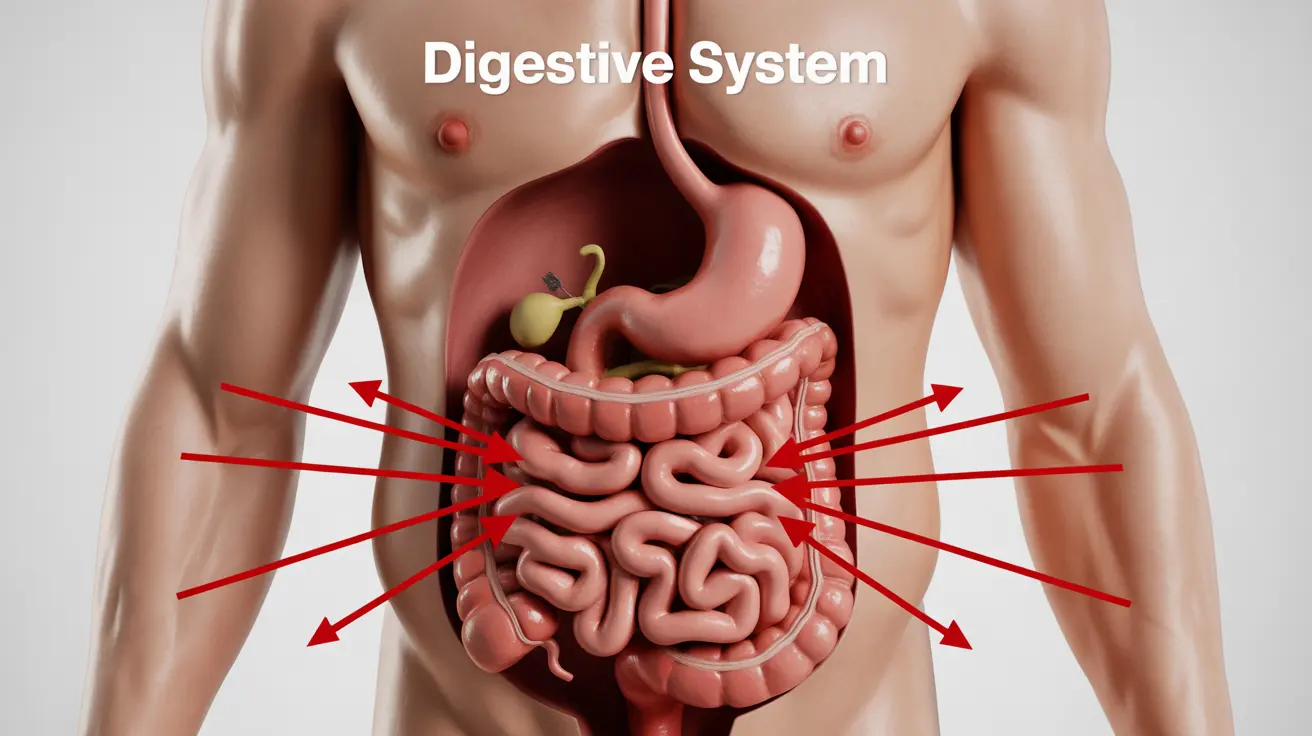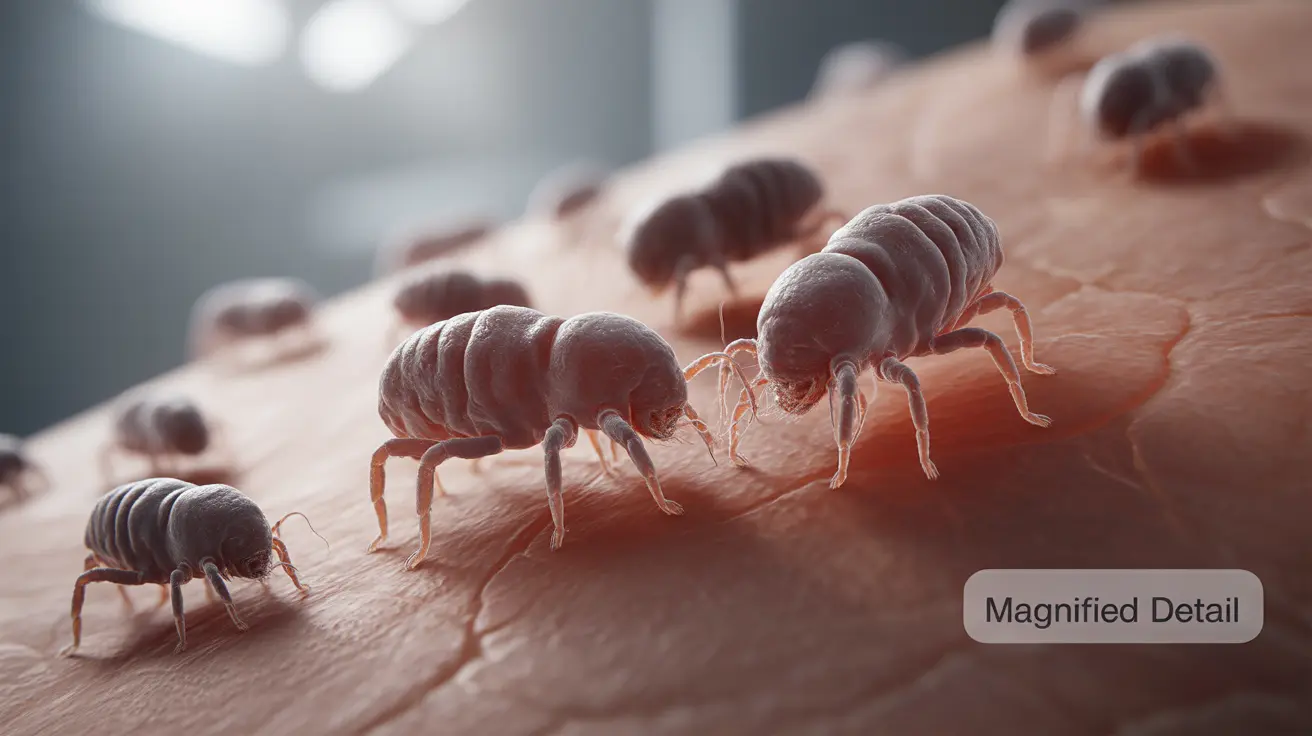The human body is a marvel of biological engineering, with organs precisely positioned to function optimally. But have you ever wondered what determines this internal organization? Enter the INV gene, a fascinating piece of genetic code that plays a crucial role in establishing left-right asymmetry in our bodies and ensuring proper kidney development. This article delves into the groundbreaking research surrounding the INV gene and its implications for human health.
Understanding the INV gene's function is not just a matter of scientific curiosity. It has profound implications for diagnosing and potentially treating conditions related to organ positioning and kidney disorders. Let's explore the intricate world of genetic determinants that shape our bodies from the inside out.
The Discovery and Characterization of the INV Gene
Scientists identified the INV gene at a specific location on mouse chromosomes associated with an unusual phenomenon: the inversion of embryonic turning. This discovery opened up a new avenue of research into the genetic basis of organ positioning.
The INV gene encodes a protein with a unique structure, featuring 15 consecutive repeats of an Ank/Swi6 motif at its amino terminus. This structural characteristic suggests a specialized function in cellular processes. Interestingly, while the gene is active in various tissues, it shows particularly high expression in the kidneys and liver of adult organisms.
Early Embryonic Expression
One of the most intriguing aspects of the INV gene is its early activation during development. Researchers have detected INV gene expression in embryos even before the formation of somites—the building blocks of the vertebral column, ribs, and skeletal muscles. This early expression hints at the gene's fundamental role in establishing body plan and organ positioning from the earliest stages of life.
The INV Gene's Role in Left-Right Asymmetry
Perhaps the most striking function of the INV gene is its influence on left-right asymmetry in the body. When mutations occur in this gene, it leads to a fascinating condition known as situs inversus—a complete reversal of the normal left-right positioning of internal organs.
Molecular Mechanisms of Asymmetry
The INV gene doesn't work in isolation. It's part of a complex genetic cascade that determines left-right embryonic asymmetry. Two other genes, nodal and lefty, typically show asymmetric expression patterns in developing embryos. However, in mice with INV mutations, these patterns are reversed, demonstrating the INV gene's pivotal role in orchestrating the entire process of organ positioning.
Impact on Kidney Development and Function
Beyond its role in organ positioning, the INV gene is crucial for proper kidney development. Mutations in this gene not only affect left-right asymmetry but also lead to the formation of cysts in the kidneys. This dual impact underscores the gene's importance in both structural organization and organ-specific development.
Cystic Kidney Disease and the INV Gene
The link between INV gene mutations and kidney cysts opens up new avenues for understanding and potentially treating certain forms of cystic kidney disease. Researchers have found that the INV gene is the sole disrupted gene at its locus in mice exhibiting both reversed organ polarity and kidney cysts, highlighting its specific and direct role in these conditions.
Restoring Normal Development: A Genetic Approach
In a groundbreaking demonstration of the INV gene's importance, scientists have successfully restored normal development in mice with INV mutations. By introducing a minigene encoding the INV protein into these mutant mice, researchers were able to rescue both left-right asymmetry and normal kidney development.
This remarkable achievement not only confirms the identity and essential function of the INV gene but also opens up exciting possibilities for future therapeutic interventions. It suggests that targeted genetic approaches could potentially correct developmental abnormalities related to INV gene dysfunction.
Implications for Human Health and Medicine
While much of the research on the INV gene has been conducted in mice, the findings have significant implications for human health. Understanding the genetic basis of organ positioning and kidney development could lead to improved diagnostic tools and treatments for related disorders in humans.
Moreover, this research underscores the complexity of embryonic development and the precise genetic control required for normal organ formation and positioning. It highlights the importance of continued research into developmental genetics for advancing our understanding of congenital disorders and potential therapeutic approaches.
Frequently Asked Questions
- What are the causes and symptoms of situs inversus, including its impact on the kidneys?
Situs inversus is primarily caused by mutations in genes like INV that control left-right asymmetry during embryonic development. Symptoms can include the reversal of organ positions (e.g., heart on the right side) and, in some cases, associated kidney abnormalities such as cyst formation. Many individuals with situs inversus lead normal lives, but it can complicate medical diagnoses and procedures.
- How is cyst formation in the kidneys related to genetic mutations, specifically the inv gene?
Mutations in the INV gene can lead to the formation of kidney cysts by disrupting normal kidney development and structure. The INV protein plays a role in the proper formation of kidney tubules and other structures. When this process is impaired due to genetic mutations, it can result in the abnormal growth of fluid-filled sacs (cysts) within the kidneys.
- Can normal kidney development be restored in individuals with mutations affecting left/right asymmetry?
Research in mice has shown that introducing a functional copy of the INV gene can restore normal kidney development and left-right asymmetry in individuals with INV mutations. While this approach hasn't been tested in humans, it provides a promising direction for potential future therapies aimed at correcting developmental abnormalities caused by specific genetic mutations.
- What role does the inv gene play in determining left/right organ polarity during embryonic development?
The INV gene is a crucial early player in the genetic cascade that establishes left-right asymmetry during embryonic development. It influences the expression patterns of other genes involved in this process, such as nodal and lefty. When INV is mutated, it can lead to a complete reversal of the normal left-right positioning of internal organs.
- Are there any lifestyle changes or precautions that can help prevent or manage kidney problems associated with genetic conditions like inv mutations?
While genetic conditions like INV mutations cannot be prevented through lifestyle changes, individuals with known genetic predispositions to kidney problems can take certain precautions. These may include maintaining proper hydration, following a kidney-friendly diet, regular medical check-ups, and avoiding nephrotoxic substances. However, specific management strategies should always be discussed with a healthcare professional, as they can vary depending on the individual's condition and overall health.




